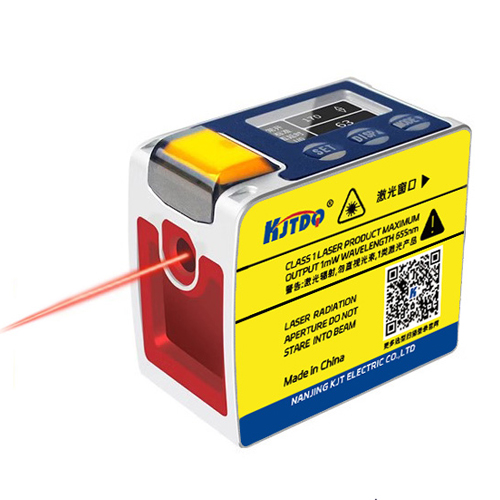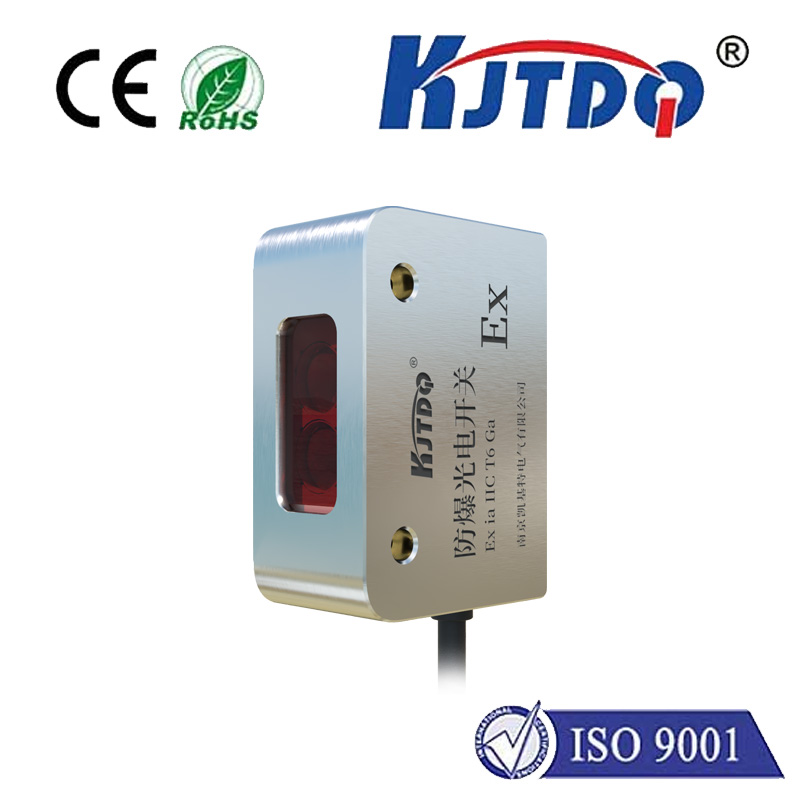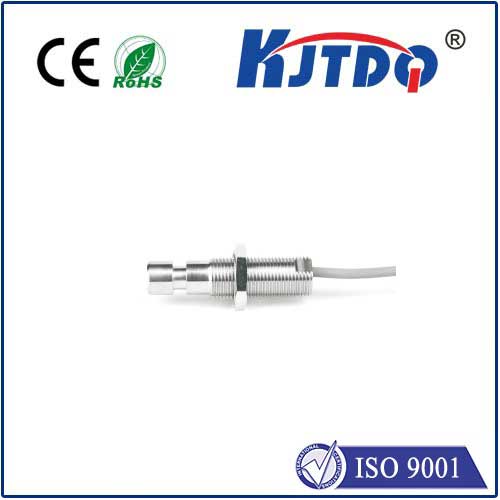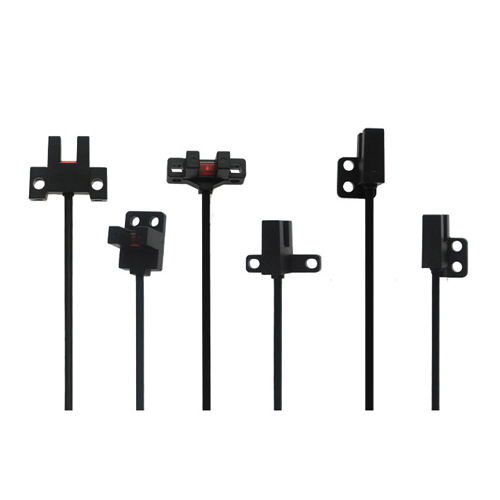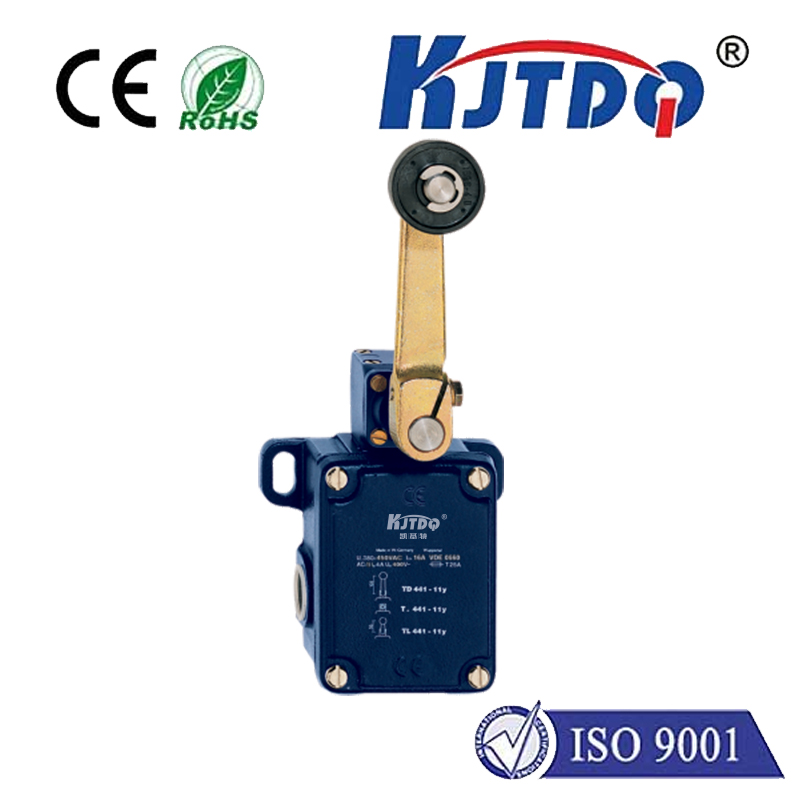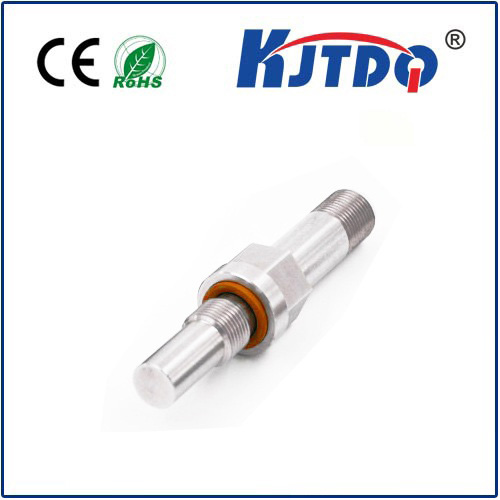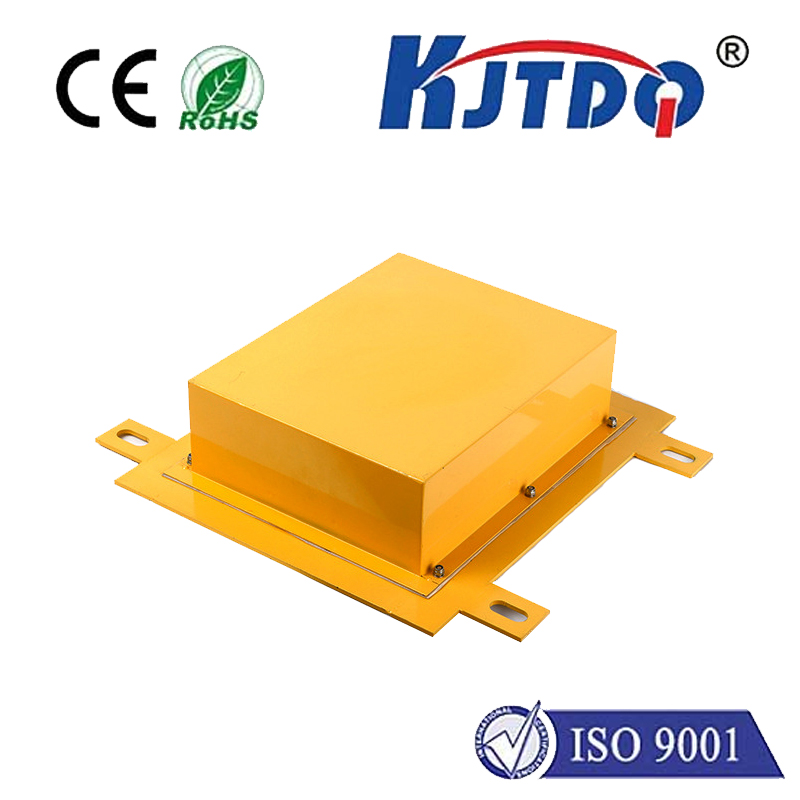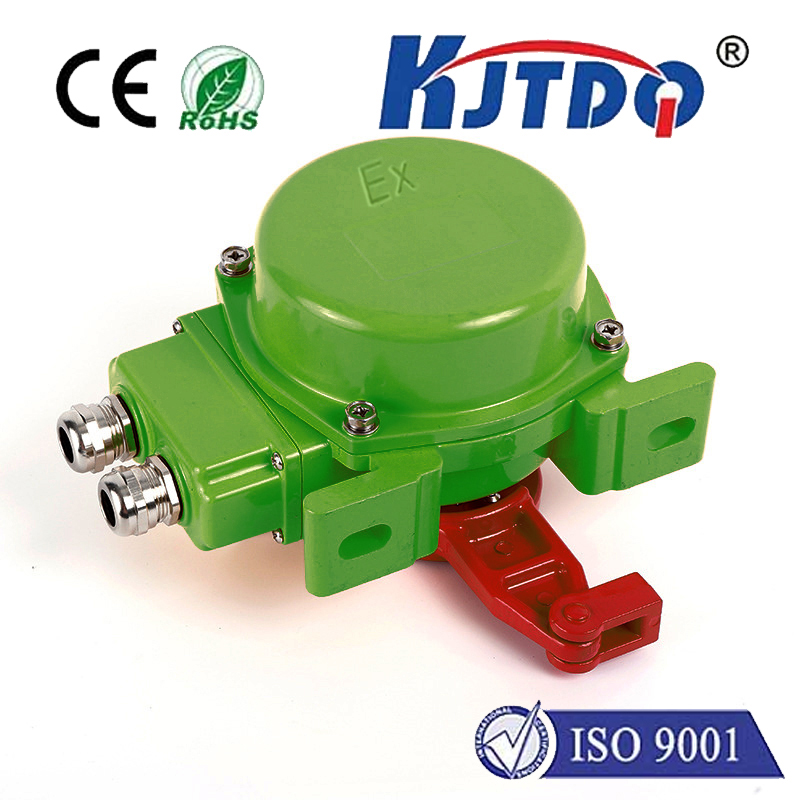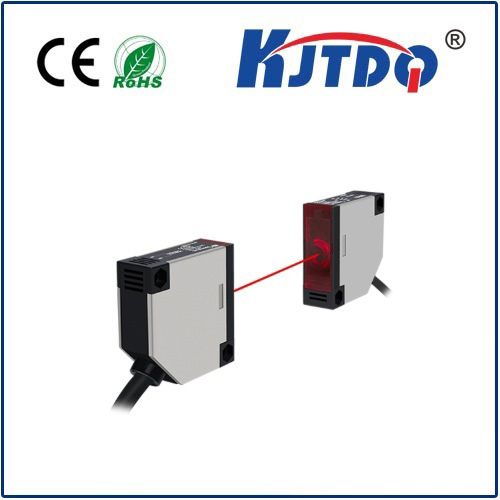

check

check

check

check

check

check

check

check

check

check
As technology continues to advance at a breakneck pace, one area that has seen significant innovation is the realm of dust detection. Enter the laser dust sensor, a cutting-edge device that utilizes advanced optical techniques to detect and measure particles floating in the air with unprecedented accuracy. In this article, we will delve into the fascinating world of laser dust sensors, exploring their workings, benefits, and potential applications.
The Basics: How Does a Laser Dust Sensor Work?
At the heart of a laser dust sensor is an emitter that projects a finely tuned laser beam across a defined measurement zone. As dust particles pass through this beam, they scatter light in all directions. A detector on the other side then captures this scattered light, which is subsequently analyzed by an onboard microprocessor. Through precise algorithms, the system can determine factors such as particle size, count, and velocity. This method offers real-time data collection without physically intercepting or altering the airflow.
Benefits of Laser Dust Sensor Technology

One of the most significant advantages of laser dust sensors is their non-invasive nature. They can monitor environments continuously without disrupting normal operations, making them ideal for cleanroom monitoring, hazardous dust detection, and industrial process control. Additionally, these sensors boast high sensitivity and can detect particles down to a few micrometers in size, ensuring that no speck goes unnoticed.
Moreover, unlike traditional impact-based sensors, laser models do not suffer from wear and tear over time, offering longer-lasting reliability. The absence of moving parts also means less maintenance and fewer replacement costs over the sensor's lifespan.
Applications Abound
The potential applications for laser dust sensors span numerous industries. In manufacturing, they can ensure product quality by identifying contaminants that could compromise materials or components. In the medical field, maintaining sterile environments is critical, and these sensors play a key role in early detection of airborne particulates that could lead to infections.
Environmental monitoring also benefits greatly from laser dust sensors; they provide crucial data on air quality in both urban and rural settings. For example, detecting excessive dust levels could prompt action to mitigate pollution sources or protect public health. Furthermore, in the world of research, scientists use these sophisticated tools to study atmospheric particulates, contributing to our understanding of climate change and airborne diseases.
Embracing the Future of Dust Detection
As we move forward, it's clear that laser dust sensors represent the future of accurate and reliable dust measurement. Their ability to provide continuous, real-time data opens up possibilities for more intelligent and responsive systems. Whether improving indoor air quality, advancing industrial processes, or contributing to scientific discovery, laser dust sensors stand poised to revolutionize how we perceive and manage the microscopic world around us.
In conclusion, laser dust sensors are not merely instruments but conduits to purer environments and enhanced industrial practices. With their precision, durability, and diverse range of applications, they promise to transform the landscape of dust detection and control in groundbreaking ways. Stay tuned as the laser shines a light on cleaner, safer spaces worldwide.
